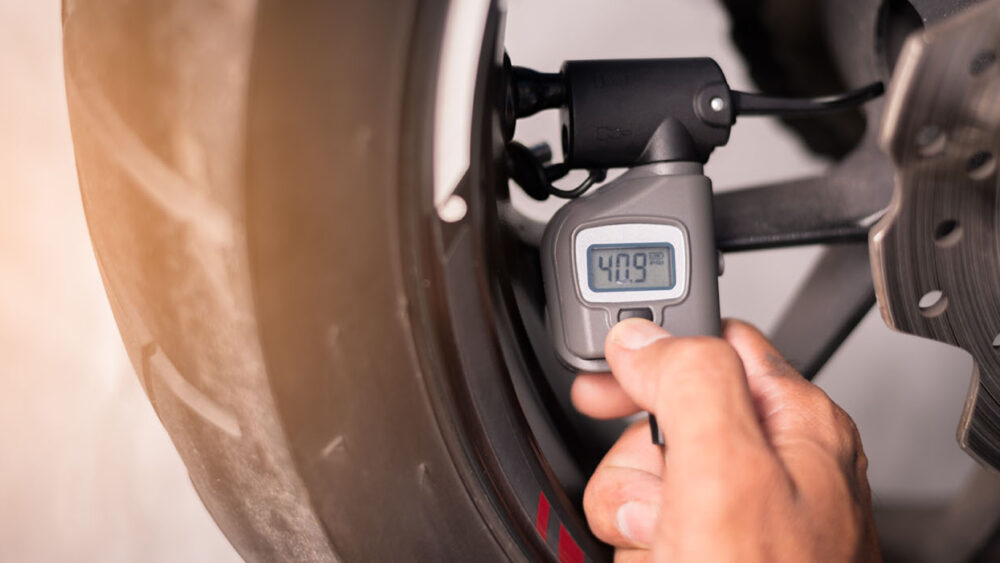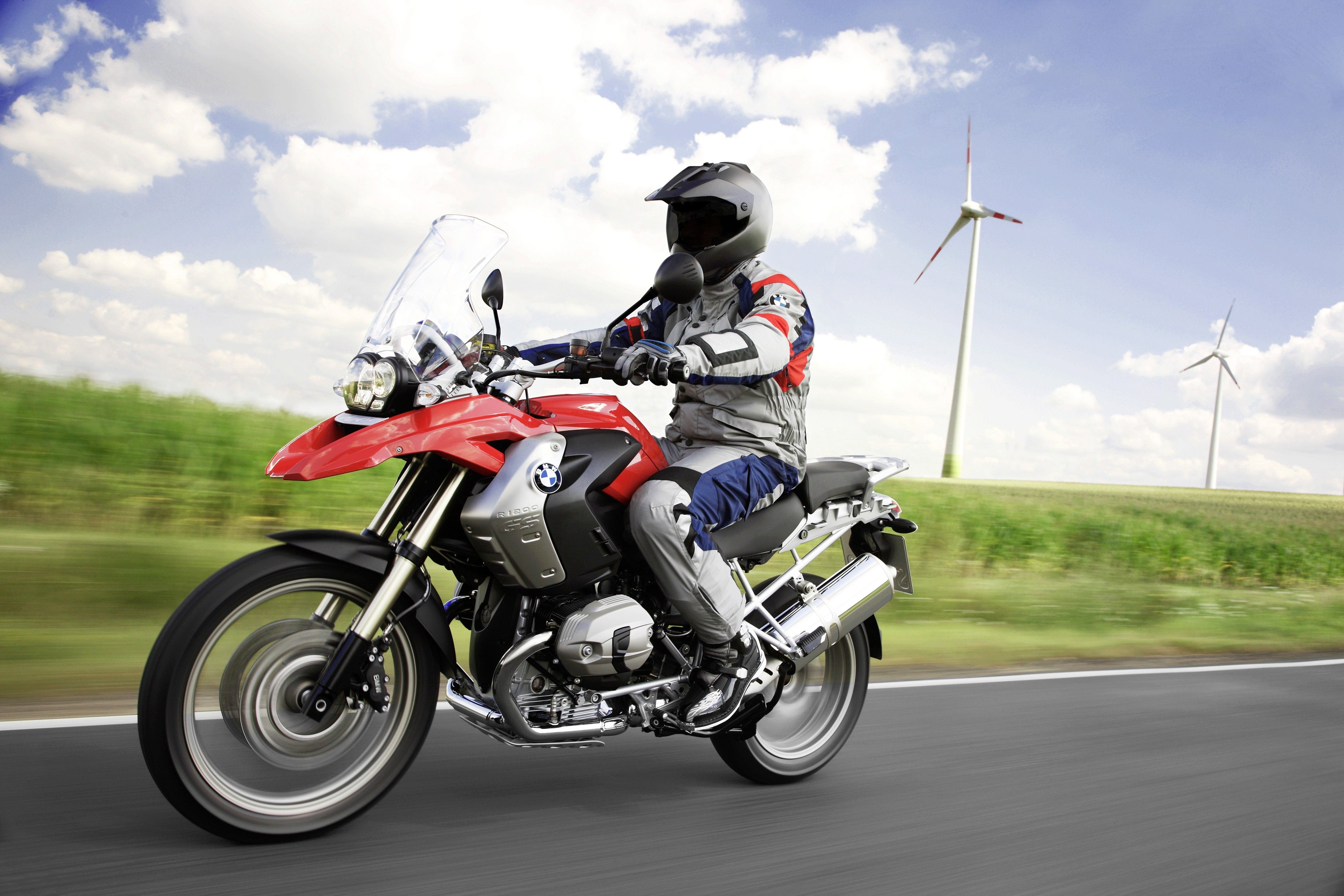In my last article on how tire composition affects performance, I argued that the tires blend into the background when customers are looking at the bike. In addition, they also tend to take a backseat to the maintenance list for owners. In fact, if there’s one area that motorcyclists fail to do well with motorcycle maintenance, it’s maintaining proper tire pressure.
Click here to read more
It’s such a simple maintenance fix, but all the experts I’ve talked to agree that low tire pressure is one of the biggest problems they face. For example, Brian Davenport, Metzeler’s senior sales manager, points out, “I estimate that about 70% of the motorcycles on the road today are not running with proper air pressure. The lowest bike I tested at the Sturgis Rally this year had 18 psi in the front and 21 psi in the rear. Correct inflation should have been 38 psi in the front and 45 psi in the rear. The consumer didn’t even notice how low the tires were.”
However, contrary to popular belief among motorcyclists, proper tire pressure is not set by the tire manufacturer—it is set by the motorcycle manufacturer. “Recommended cold tire pressures can usually be found on the swingarm and/or in the owner’s manual,” said Jared Williams, general manager of motorcycle products in the US and Canada for Bridgestone Americas, and Andrew Decker, project engineer for sales at Bridgestone Americas. . outside. “It should be checked frequently, as tires can lose 1 to 2 psi per month.”
Virtually all the experts I interviewed agree that driving habits and tire pressure are the most important factors in determining tire life. For example, Williams and Decker claim that a racing tire can only last a few laps during a sprint. racewhereas a tours a tire can last thousands of miles.
“The life of a tire is largely determined by the type of driving and proper tire maintenance, particularly tire pressure. With proper tire pressure and regular driving, your tires will last for thousands of miles,” notes Josh Whitmire, Moto Pirelli Sales Director.
And while riders may be tempted to try out new tires once they’re on the bike, you’ll want to put the brakes on that idea. According to Williams and Decker, some riders don’t realize that there is a clean-up/break-in period for new tires. Basically tires need time to adjust and riders need time to adjust to new tires. An excerpt from Bridgestone’s maintenance literature reads:
“We recommend that you ride slowly and carefully for the first 60 miles (~100 kilometers) until you get used to the performance of your new tires in combination with your motorcycle. We recommend avoiding extreme maneuvers, including hard acceleration, maximum braking and sharp turns, until you have become accustomed to the characteristics of your tires in combination with your motorcycle.”
So, now that we’ve covered tire pressure and cleaning period, there’s only one part of maintenance left: cleaning. Fortunately, you don’t need any special chemicals to keep your tires dirt-free. In fact, chemicals are not recommended.
Davenport says customers should only use soap and water with a soft brush when cleaning tires. “Never put conditioner or ‘tire shine’ on the sidewall or anything like that,” he explains. Basically, stay away from all petroleum-based products and harsh cleaners, as they can affect performance or damage the tire.
Dealers should pay attention to these maintenance issues when they stock tires. Next week we will discuss more tips for selling tires.
https://www.motorcyclepowersportsnews.com/proper-motorcycle-tire-maintenance-and-care/





